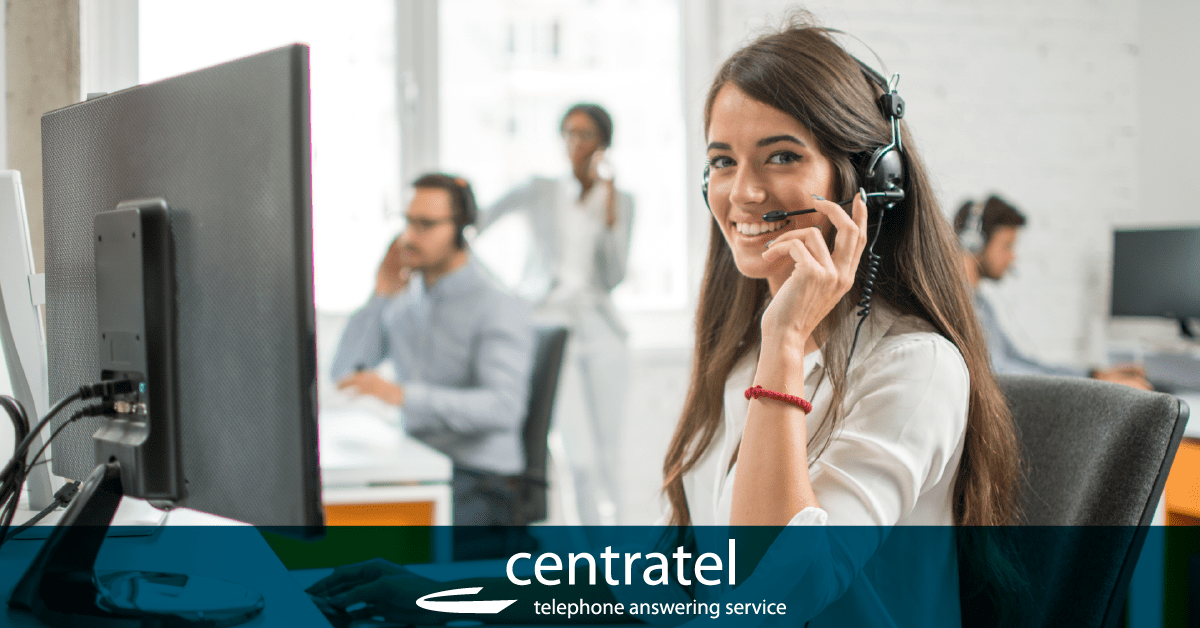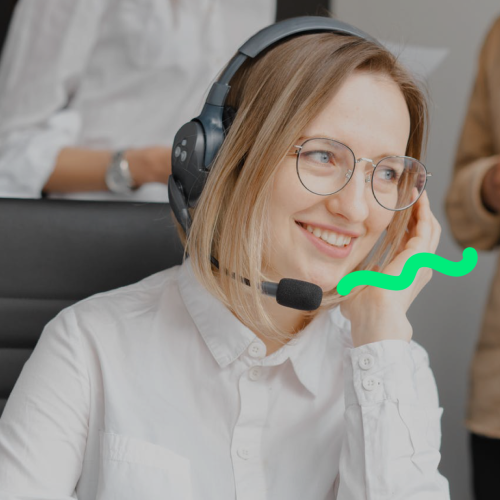All Categories
Featured
Table of Contents
Who Is The Best Answering Services 101: Everything You Need To Know ... Provider In My Area
This gadget and its successors were developed by Sava Jacobson, an electrical engineer with a personal consulting organization. While early voice mail used magnetic tape technology, many contemporary equipment uses solid state memory storage; some devices utilize a mix of both, with a solid-state circuit for the outbound message and a cassette for the inbound messages.
"toll conserving" listed below) (answering service). This is helpful if the owner is screening calls and does not want to talk to all callers. In any case after going, the calling party ought to be notified about the call having been answered (in a lot of cases this begins the charging), either by some remark of the operator, or by some greeting message of the TAD, or addressed to non-human callers (e.
This holds particularly for the TADs with digitally stored greeting messages or for earlier makers (prior to the increase of microcassettes) with an unique endless loop tape, separate from a second cassette, committed to recording. There have been answer-only devices with no recording abilities, where the welcoming message needed to notify callers of a state of current unattainability, or e (local phone answering service).
What Is The Best Your Virtual Receptionist: Phone Answering Services On The Market Now

about accessibility hours. In taping Littles the greeting usually includes an invitation to leave a message "after the beep". An answering device that utilizes a microcassette to tape-record messages On a dual-cassette answerphone, there is an outgoing cassette, which after the specified number of rings plays a pre-recorded message to the caller.

Single-cassette voice mail contain the outgoing message at the start of the tape and inbound messages on the remaining area. They first play the announcement, then fast-forward to the next available space for recording, then tape-record the caller's message. If there are numerous previous messages, fast-forwarding through them can cause a substantial delay.
This beep is often referred to in the greeting message, requesting that the caller leave a message "after the beep". Littles with digital storage for the taped messages do disappoint this delay, obviously. A little might use a push-button control center, where the answerphone owner can sound the house number and, by getting in a code on the remote telephone's keypad, can listen to recorded messages, or erase them, even when far from house.
Who Is The Best Phone Answering Service - Intelligent Office

Therefore the machine increases the variety of rings after which it answers the call (normally by two, leading to 4 rings), if no unread messages are presently kept, however answers after the set variety of rings (typically 2) if there are unread messages. This enables the owner to find out whether there are messages waiting; if there are none, the owner can hang up the phone on the, e.
Some devices likewise allow themselves to be remotely triggered, if they have been turned off, by calling and letting the phone ring a particular large number of times (usually 10-15). Some provider desert calls currently after a smaller variety of rings, making remote activation difficult. In the early days of Little bits an unique transmitter for DTMF tones (dual-tone multi-frequency signalling) was regionally needed for remote control, considering that the formerly employed pulse dialling is not apt to convey proper signalling along an active connection, and the dual-tone multi-frequency signalling was implemented step-by-step.
Any incoming call is not recognizable with respect to these residential or commercial properties in advance of going "off hook" by the terminal equipment. So after going off hook the calls must be switched to suitable devices and just the voice-type is instantly accessible to a human, but maybe, nevertheless should be routed to a LITTLE (e.
What Is The Best What Is An Answering Service? - Ruby Blog For Your Money
What if I informed you that you do not have to really select up your gadget when answering a consumer call? Somebody else will. So hassle-free, right? Responding to phone calls does not need somebody to be on the other end of the line. Efficient automated phone systems can do the trick simply as effectively as a live representative and sometimes even much better.
An automated answering service or interactive voice reaction system is a phone system that interacts with callers without a live individual on the line - business answering service. When business utilize this innovation, consumers can get the answer to a question about your business merely by utilizing interactions set up on a pre-programmed call flow.
Although live operators update the customer service experience, lots of calls do not require human interaction. A simple recorded message or directions on how a consumer can recover a piece of information normally resolves a caller's instant requirement - answer phone service. Automated answering services are a basic and effective method to direct inbound calls to the best person.
What Is The Best Answering Services?
Notification that when you call a company, either for assistance or product questions, the very first thing you will hear is a pre-recorded voice greeting and a series of choices like press 1 for client service, press 2 for questions, and so on. The pre-recorded alternatives branch out to other choices depending on the customer's selection.
The phone tree system assists direct callers to the ideal person or department using the keypad on a mobile phone. In some instances, callers can use their voices. It's worth keeping in mind that auto-attendant choices aren't limited to the ten numbers on a phone's keypad. When the caller has actually picked their very first choice, you can create a multi-level auto-attendant that utilizes sub-menus to direct the caller to the ideal type of assistance.
The caller does not need to communicate with an individual if the auto-attendant phone system can manage their concern. The automatic service can route callers to a worker if they reach a "dead end" and need help from a live agent. It is costly to hire an operator or executive assistant.
Whats The Best How Much Do Answering Services Cost? Local Business Tips ... To Buy
Automated answering services, on the other hand, are considerably more economical and supply substantial cost savings at approximately $200-$420/month. Even if you don't have devoted staff to handle call routing and management, an automated answering service improves efficiency by permitting your team to focus on their strengths so they can more efficiently spend their time on the phone.
A sales lead routed to customer care is a lost shot. If a consumer who has product questions reaches the wrong department or receives insufficient answers from well-meaning employees who are less trained to handle a particular kind of question, it can be a reason for frustration and discontentment. An automated answering system can reduce the variety of misrouted calls, thus assisting your employees make much better usage of their phone time while freeing up time in their calendar for other tasks.
With Automated Answering Systems, you can develop a tailored experience for both your personnel and your callers. Make a recording of your primary welcoming, and merely upgrade it regularly to show what is going on in your organization. You can develop as many departments or menu choices as you want.
Latest Posts
Innovative Bilingual Answering Service Near Me – QLD
Trusted Dental Answering Service ( QLD)
Specialist Hospitality Answering Service Near Me – Toowong